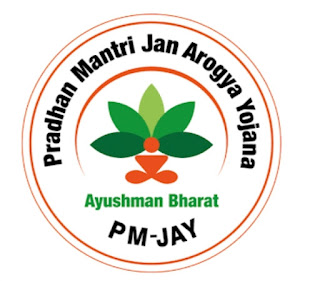Women Helpline Scheme

Women Helpline Scheme Introduction Gender equality and women's empowerment have emerged as key goals for nations across the world in the modern era. Governments all over the globe have put in place a number of programmes in response to the need to address the problems encountered by women and offer them a secure environment in which to get assistance. Women Helpline Scheme is one such noteworthy project. This article tries to examine the Women Helpline Scheme's goals, operations, and effects on the lives of women. Knowledge about the Women's Helpline Programme A government-backed programme called the Women Helpline Scheme was created to help, support, and advise women who are experiencing different types of assault, harassment, or distress. It acts as a dependable and approachable helpline, making sure that women have a place to express their worries and request rapid assistance. Women can call a toll-free hotline to obtain the program's round-the-clock support. Women...






